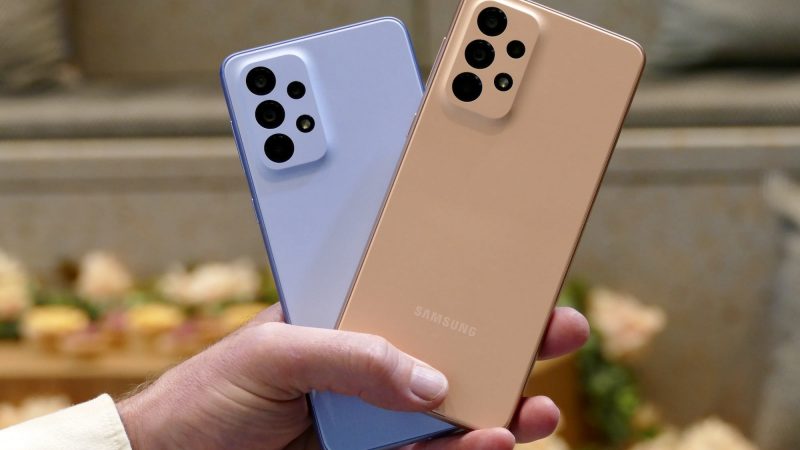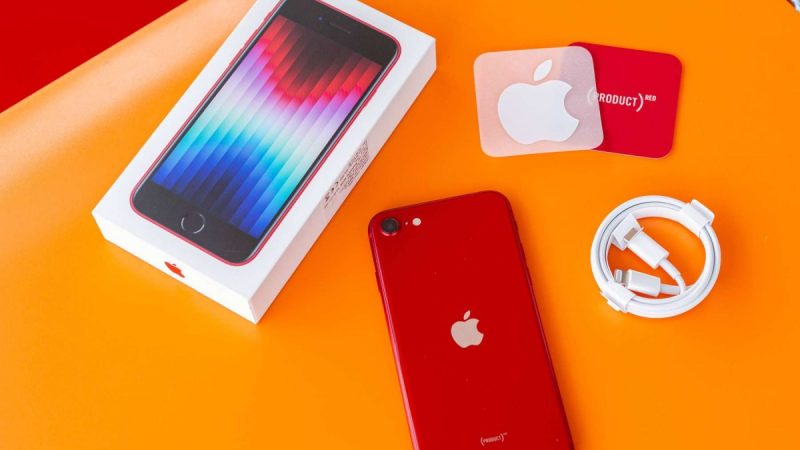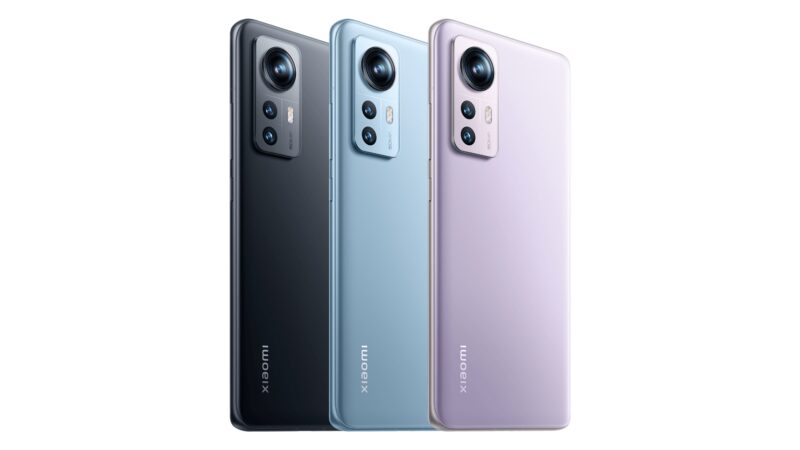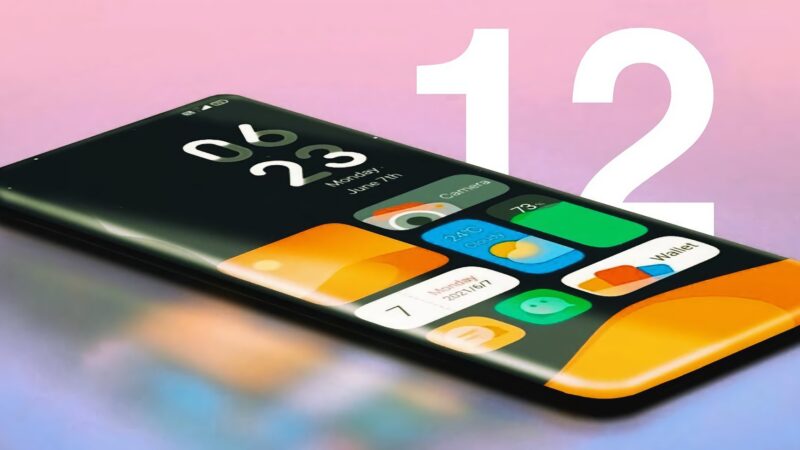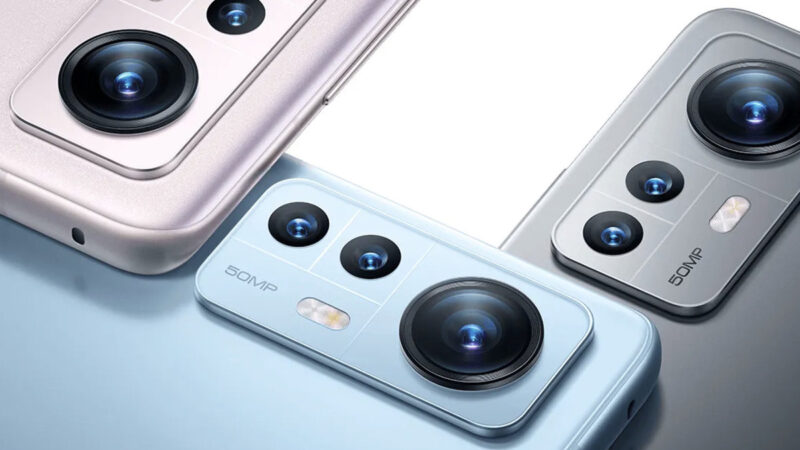Hands-on Review of Huawei P50 Pro
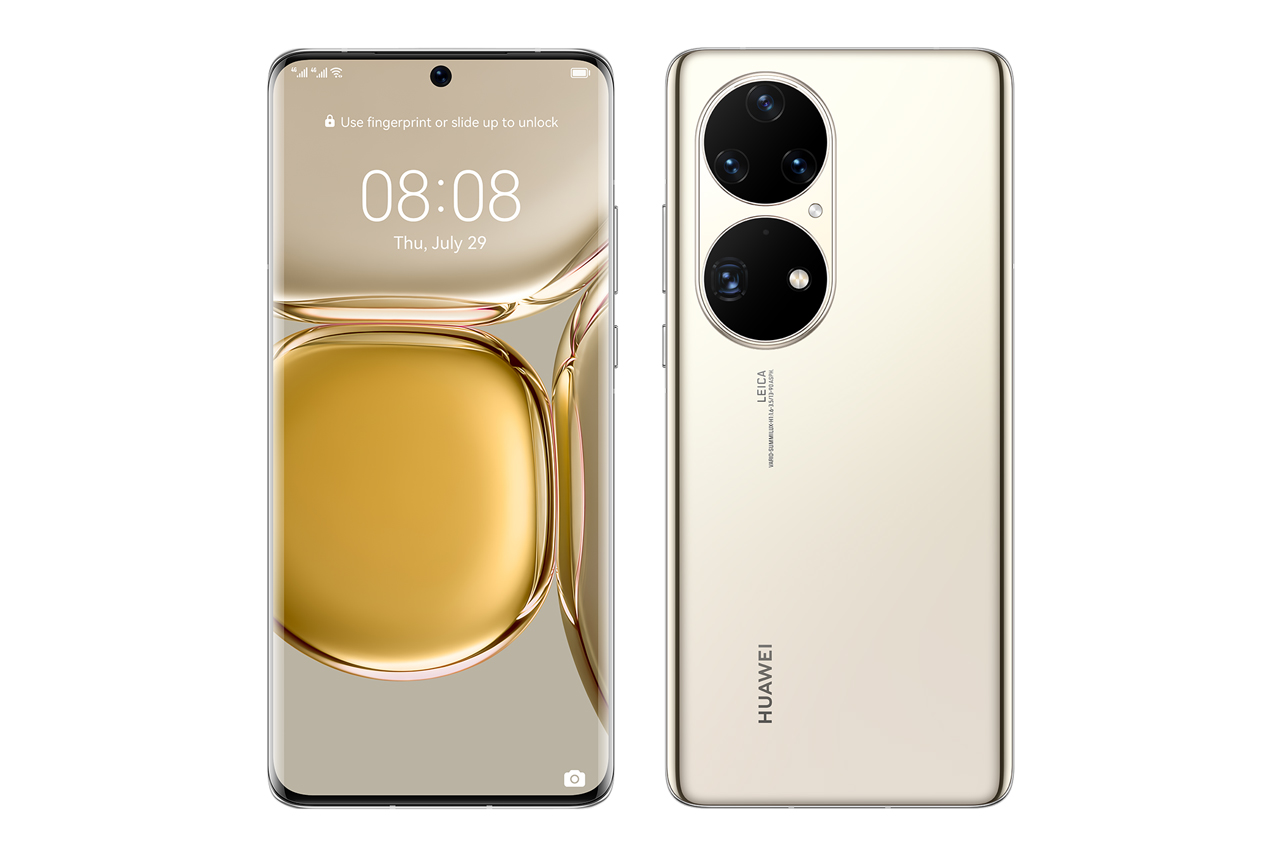
The Huawei P50 and P50 Pro were released in July 2021, but they were only available in China. While the Huawei P50 isn’t expected to be released everywhere, the P50 Pro is currently available in several locations alongside the foldable P50 Pocket.
The P50 Pro and P50 Pocket are now available in several European, South American, African, and Middle Eastern nations. And now, the Huawei P50 Pro has arrived for testing, along with the latest Leica-powered camera. But, before we get into the meat of the review, we wanted to offer you a sneak peek at what’s in store.
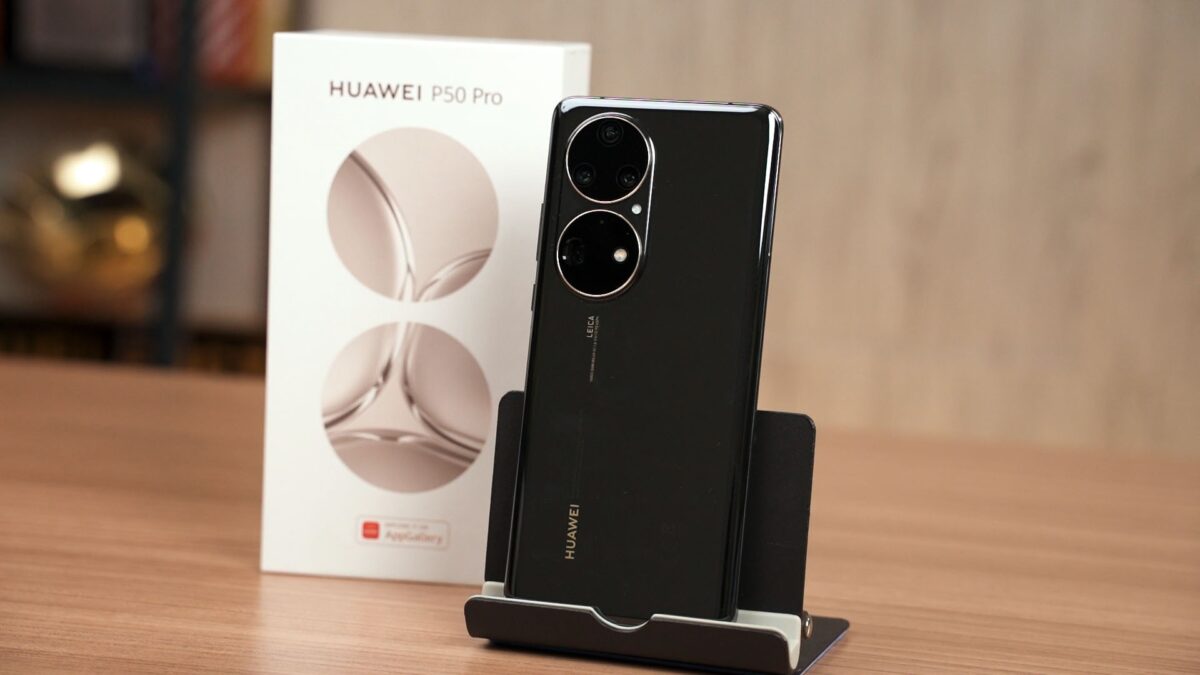
As a result, the Huawei P50 Pro incorporates Huawei’s most recent flagship improvements and the newest Leica camera, all of which are housed in a new luxurious-looking waterproofed chassis. Because the beleaguered manufacturer is still at odds with the United States and is suffering the ramifications of the US tech embargo, don’t expect Google’s Services to surface anytime soon, if at all.
The Huawei P50 Pro features a top-of-the-line 6.6″ OLED display with a high resolution (1228p), 10-bit colours, HDR10+ support, and a fast 120Hz refresh rate. It may appear to be a curved panel, but that is more of a trick of the curved glass above the screen.
The B&W snapper is on the rise again! The Huawei P50 Pro’s most intriguing feature is the quad-camera Leica arrangement on the back, separated into two distinct black circles. This version of the high-end imaging package includes a 50MP primary with OIS, a 40MP monochrome, and a 13MP ultrawide-angle camera.
The Huawei P50 Pro’s telephoto camera
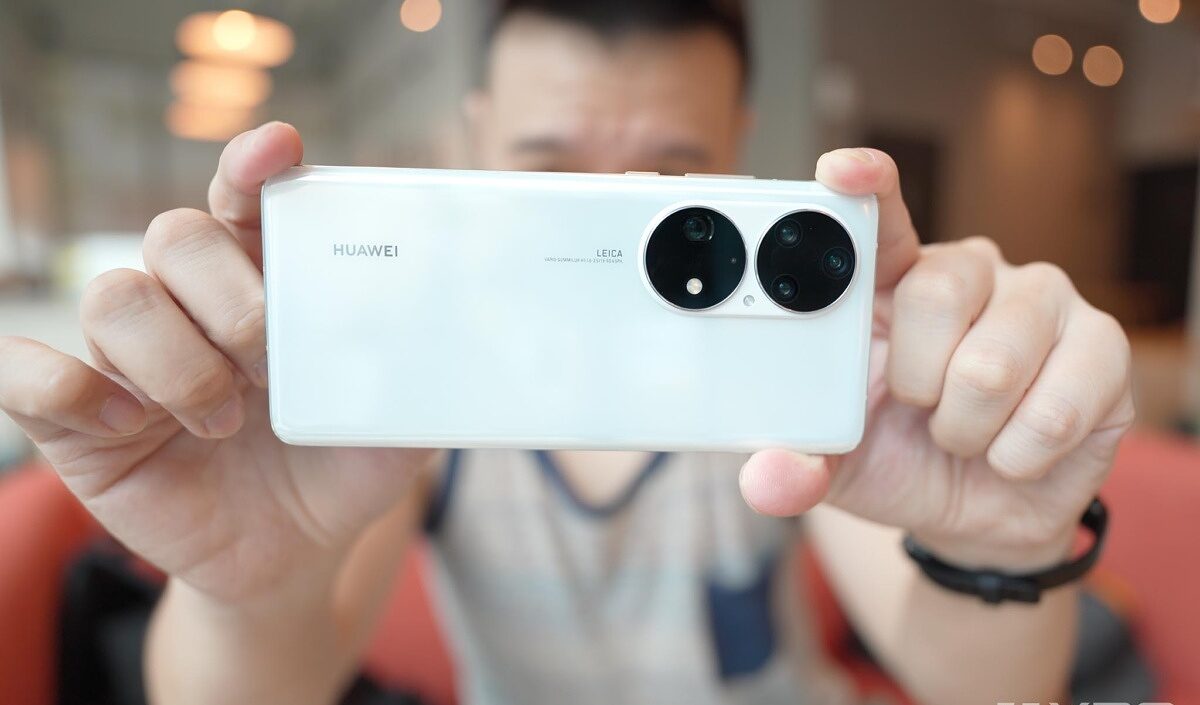
The Huawei P50 Pro’s telephoto camera has a 64MP sensor with a standard RGB filter and a periscope 90mm f/3.5 lens with OIS enabling 3.5x optical zoom over the primary camera. This camera offers up to 10x lossless zoom thanks to its natural 64MP resolution (by cropping).
The selfie camera is also highly intriguing. It’s a 13MP camera with a wide-angle 18mm f/2.4 lens for great group photographs. Two more (crop) modes are available in the camera app, equivalent to an FoV of 21mm (0.8x) and 27mm (1x). Finally, autofocus is available as well!
The rest is relatively standard for a recent flagship phone: dedicated stereo speakers, an under-display fingerprint scanner, a slew of connectivity choices, plenty of RAM and storage, and even hybrid dual-SIM with possible NM expansion.
The Huawei P50 Pro in the United States runs EMUI 12, whereas the Chinese version runs Harmony OS 2.0. Apart from the name and languages, we’re not sure if there’s a real difference, but we can confirm that the heart of the EMUI is Android 11.
The Huawei P50 Pro appears to have gotten everything right, with the Google suite of apps and services being the only omission. But if you can’t have something, you can’t have it, so don’t think about it any longer than necessary.
The Huawei P50 Pro is unboxing
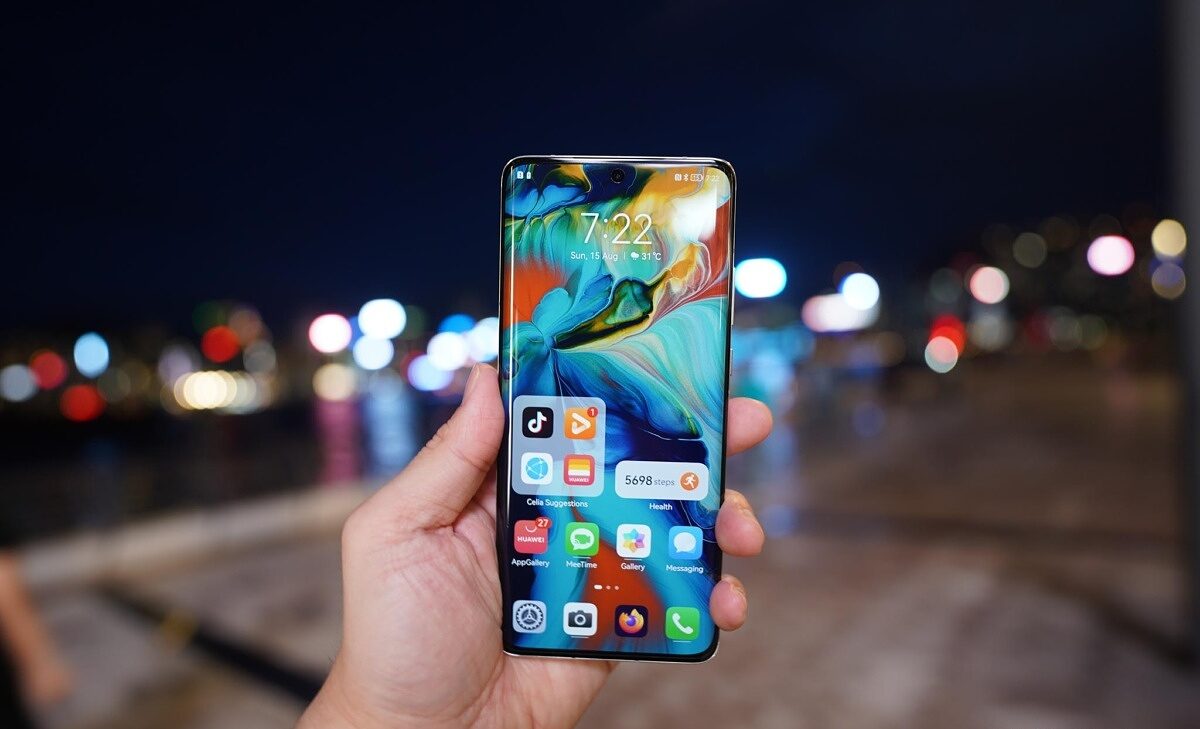
The Huawei P50 Pro’s retail package is a breath of fresh air among the flagship crop. Unlike Apple and Samsung, Huawei includes everything you need to start, including a 66W power adapter, a suitable USB cable, and a clear protective cover.
Although there are no headphones in the box, most pre-orders come with a free pair of Huawei FreeBuds 4 headphones (you can check out our review of those, too).
Hands-on with the Huawei P50 Pro
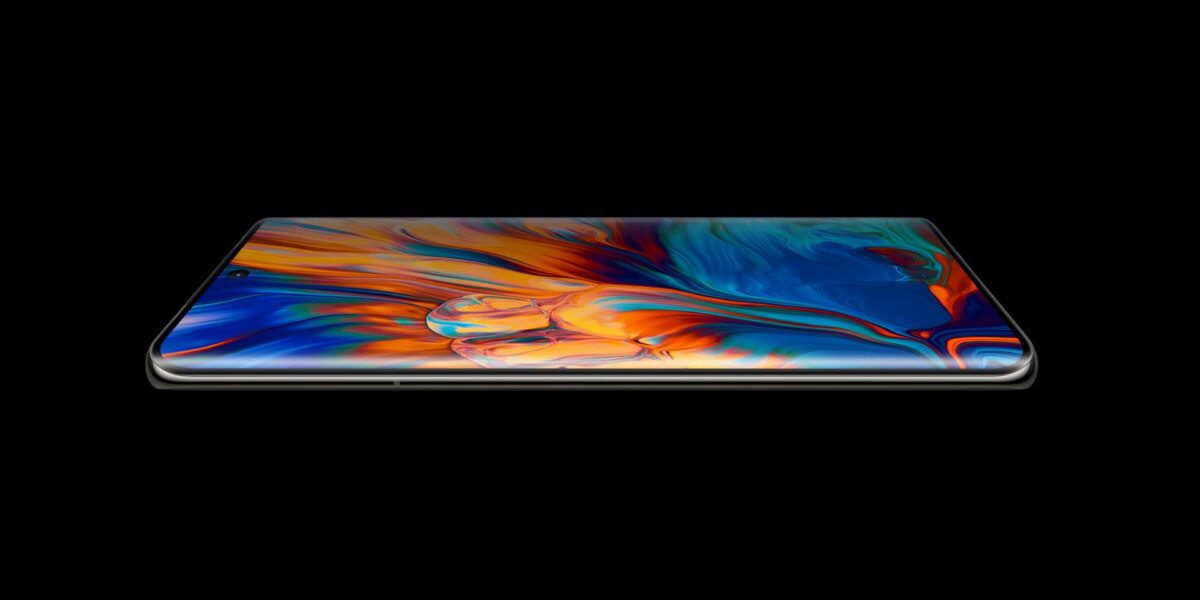
When I look at the Huawei P50 Pro, the first word that springs to me are abundant; with these curved glass panels and the two unique spherical camera holders on the back, there’s no denying the design is gorgeous. You can even pause to consider if those are two enormous cameras or the latest Prada sunglasses. Or consider Wall-eyes. E’s
Huawei’s P and Mate series have long been known for their meticulous attention to detail, and the new P50 Pro is no exception. It’s a well-made item that you can tell as soon as you take it out of the box. The P50 Pro is entirely waterproof, with IP68 dust and a water-resistant rating. It has curved glass panels with a thin aluminium frame between both ends.
The aluminium frame and rear glass panel appear to be made by BYD Electronics. According to what we’ve learned, the curved back sheet is the first high-aluminium lithium glass to be used on a smartphone, and it was developed in collaboration with Huawei. It’s meant to be more challenging than conventional glass panels, but we don’t know how durable they are. The front glass has no information. However, we believe it is another sort of tempered glass.
The Huawei P50 Pro Looks:

The Huawei P50 Pro is a fragile smartphone, and the curvature of its long edges makes it feel even slimmer. It reminds us of the Huawei Mate 20 Pro, similar in size, curvedness, thinness, and weight. Of course, the P50 Pro is a P40 Pro knockoff, and while the two phones are identical in design and size, the P50 Pro is lighter and thinner.
As a result, the Huawei P50 Pro features an improved 6.6-inch OLED screen. The resolution remains the same as the P40 Pro at 1,228 x 2,700 pixels. Some apps now support a dynamic 120Hz refresh rate, 10-bit colours, HDR10+, and 300Hz touch response. Huawei also claims to have a better dimming technique with less flicker.
The illusion has been created on several Huawei and Samsung handsets, and the glass causes it. The screen is not curved, despite its appearance. The panel enhancements won’t be evident right away. But Huawei fans will immediately notice the little slit around the top for the single selfie camera, which is a nice change from the pill-shaped eyesore of the P40 Pro’s dual-front camera.
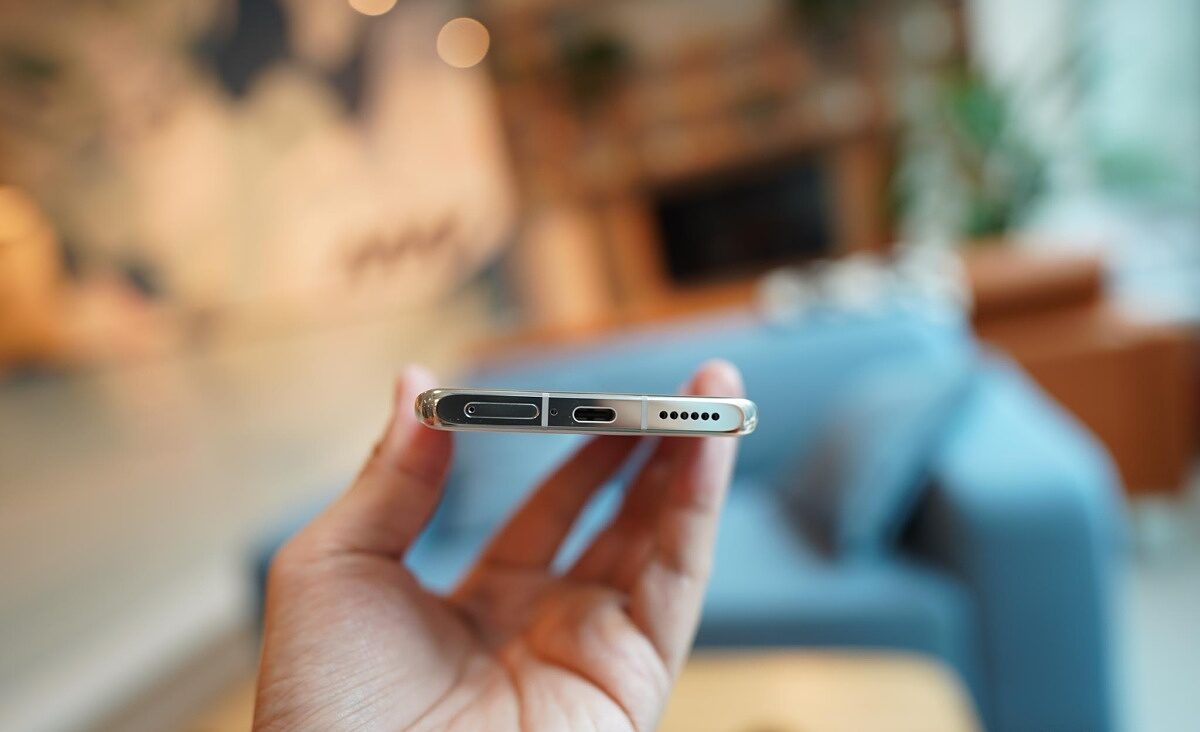
There is no 3D face unlock on the P50 Pro anymore because there is no large cutout. You still get the under-display fingerprint scanner, which is plenty, in our opinion. We’d rather have a fingerprint reader than a considerable screen notch for Face ID, but that’s just us.
The sound quality has also improved significantly since the P40 Pro. Stereo speakers are symmetrically placed on the top and bottom of the new flagship. In addition to the holes in the frame, the top one functions as an earpiece and features a razor-thin cutout above the screen. The P50 Pro’s two outputs help to compensate for its lower volume, and it should offer a well-balanced stereo sound overall.
Design:
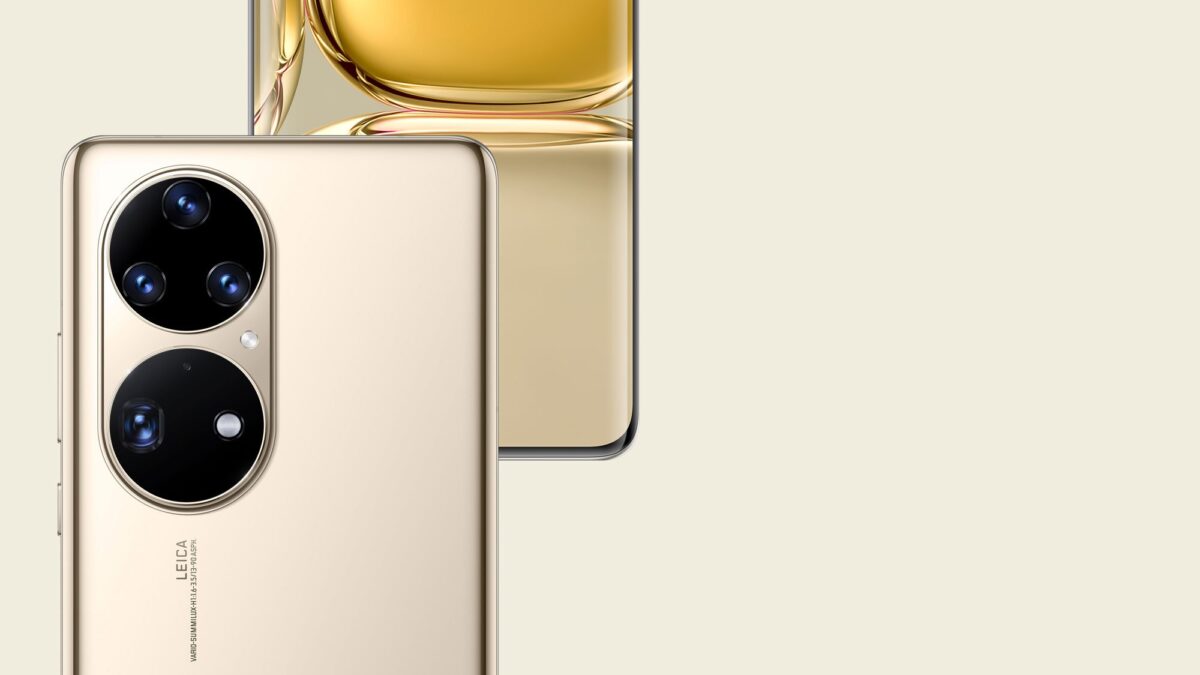
The Huawei P50 Pro’s backside is just as fascinating. The star of the show, the quad Leica camera, is a sight to behold, and it’s worth pausing to admire it.
One large pill-shaped glass juts out a little, and it’s the holder of the two-round black pieces, which are also protruding out a little. The back glass is just as curved as the front as we’ve seen. It’s all glistening and as slick as it appears.
The 50MP main, 40MP monochrome and 13MP ultra-wide-angle cameras are all located in the first black circle. The second black component housed the 64MP telephoto camera and dual-LED flash. You can only see the end of the camera’s 90mm periscopic lens since it rests so deep inside that staring at it is almost hypnotic. There are a few hidden features that you might overlook at first glances, such as the laser AF sensors and a microphone for video recording.
Across the long sides, the aluminium frame is mainly flat and reasonably thin. It’s shiny, but because it’s not curved, this narrow frame is likely the only element of the P50 Pro that provides some grip and allows the phone to be used without a case. The multi-spectrum colour temperature sensor, which looks like an LED between those circles, helps capture each image with the correct colour temperature or white balance.
The short sides are likewise flat, and the P50 Pro may stand on its own if carefully placed on a desk. In addition to the speaker, the phone contains two microphones and an IR port on the top. The other speaker, the SIM tray, the USB port, and the primary microphone are all located on the bottom. The Huawei P50 Pro has the appearance and feel of a flagship phone, with a premium feel thanks to its unique, fashion-forward design. We enjoy the way it looks and performs. It’s also resistant to water.
Android 11 core with EMUI 12
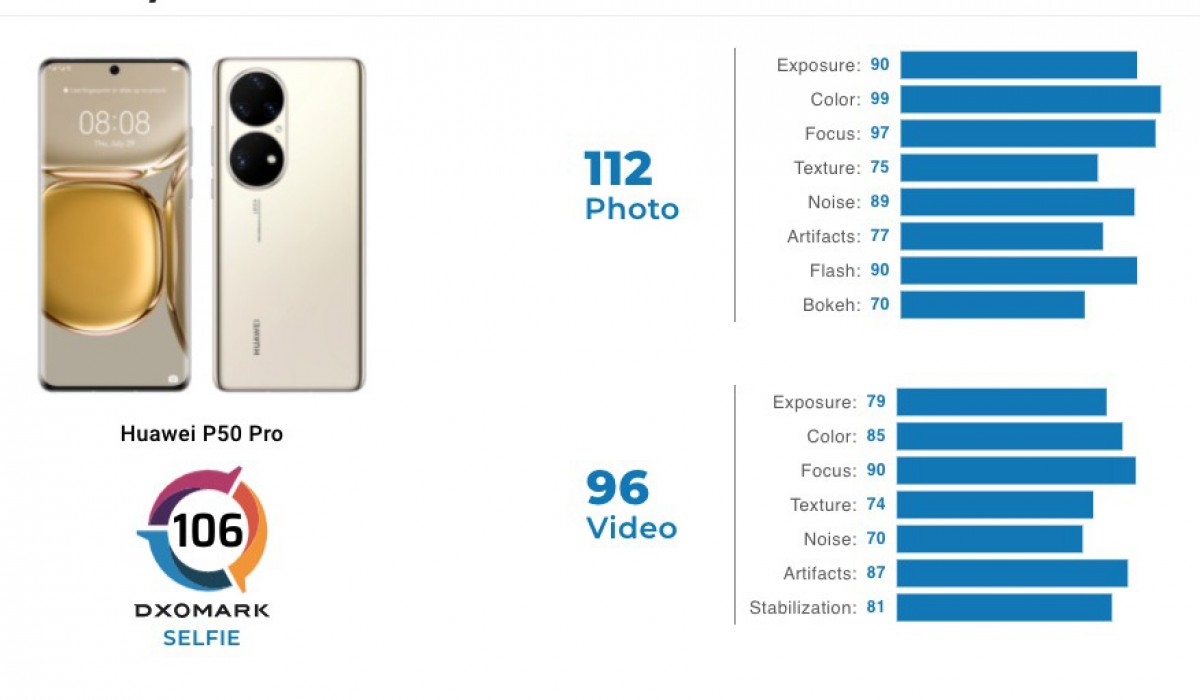
In Europe, the Huawei P50 Pro operates on EMUI 12 and in China, Harmony OS 2.0. We couldn’t tell you the difference apart from the bloatware, but we can show you what our unit had at launch.
As a result, EMUI 12 is built on Android 11 and does not include any Google Services. Instead, Huawei’s Petal Search and Petal Maps, Huawei’s services as part of HMS Core, and the App Gallery app store are used in the EMUI 12.
EMUI 12 appears to be very similar to previous versions of EMUI, with plenty of customization possibilities, themes, widgets, and other features. Huawei’s Health app, Wallet, Game Center, Files, Weather app, and Smart Remote for the IR blaster are included. EMUI 12 also has native apps for music, gallery, and video. You can also obtain programs from third-party app stores like APKPure if AppGallery isn’t enough for you.
Quad-camera
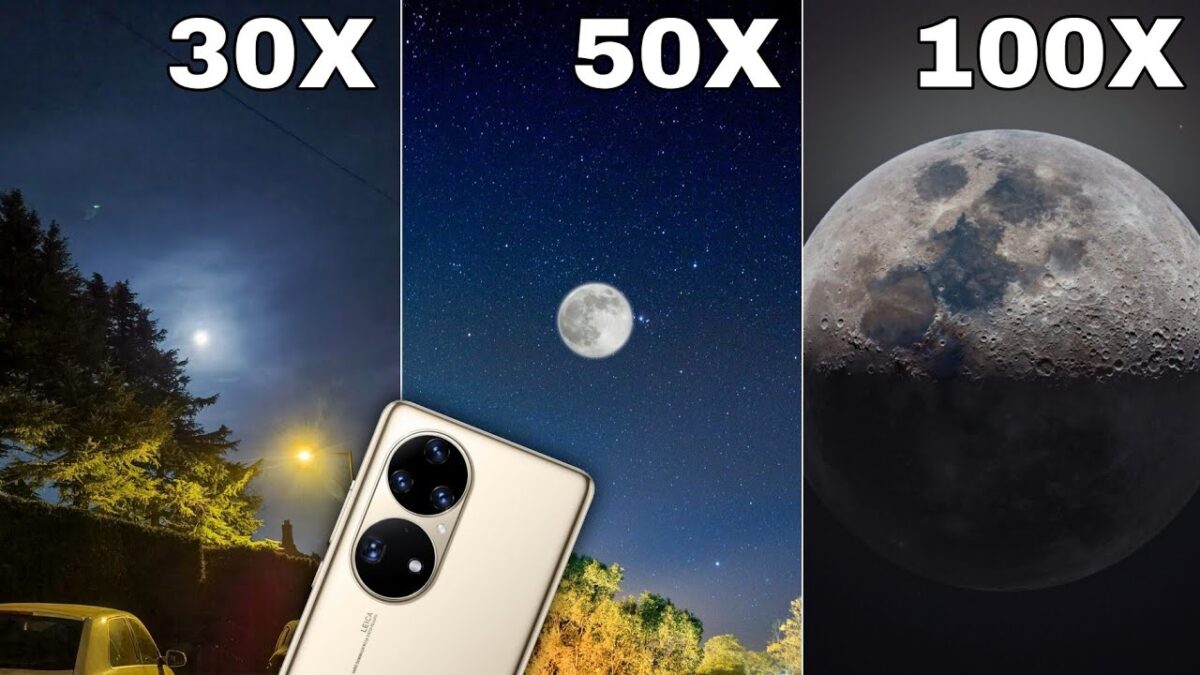
The Huawei P series has been known for its Leica-powered cameras since the P10, and the P50 Pro appears to follow suit. The P10 and P20 introduced monochrome cameras missing from the P30 and P40 series. However, the P50 Pro brings them back.
So, the Huawei P50 Pro has a 50-megapixel primary camera with a 23-millimetre f/1.8 OIS lens. The camera stores 12.5MP photos, but it also has 50MP and 50MP AI settings. Here you can get help with PDAF and Laser AF.
The second option is the 13MP camera with a 13mm f/2.2 lens for ultra-wide-angle shots. It also has autofocus so that you can shoot close-up photographs with it.
The third is a 40MP monochrome camera, which means the sensor doesn’t have a Bayer colour filter, allowing more light to reach the sensor with better quality. It has the same field of vision as the primary camera. Its input is also utilized to minimize noise improve clarity while shooting with other cameras, and permit great high-contrast melancholy B&W shots.
The 64MP zoom snapper is the final rear camera. Instead of the ordinary Quad-Bayer filters, the sensor features an accurate RGB Bayer filter. Over the primary camera, it has a 90mm f/3.5 OIS periscopic lens with 3.5x optical zoom. This camera takes 16MP pixel-binned photographs, but it can also crop from the 64MP sensor for up to 10x lossless zoom.
The selfie camera is also highly intriguing. It has a 13MP sensor and an 18mm f/2.4 lens and autofocus! There are three crop modes to choose from: wide-angle (18mm, no crop), 0.8x (21mm equiv.) and 1x (27mm equiv.).
Here’s a selection of images from the cameras. In our comprehensive review, which will be published in a week or so, we’ll go into the quality in greater detail.
Preliminary Verdict:
It’s no secret that the Huawei P50 Pro suffers from a lack of Google services like any other recent Huawei phone. Sure, Huawei’s AppGallery push means you’ll have plenty of alternatives for navigation, mobile banking, document editing, and gaming apps. However, tech-savvy people may find it challenging to commit to a pricey device that lacks Google’s software and service package, particularly given the various options available at the same price. We’re also not going to get into the missing 5G. The P50 Pro arrives with a significant delay following its Chinese launch, implying that it would come when the competition is already preparing to introduce its new line of goods with next-generation chipsets.
Nonetheless, Huawei has demonstrated that it can exist without Google and without phones that are as cutting-edge as they once were. Its excellent wearable lineup of smartwatches, wireless earbuds, and tablets is beneficial, as a robust ecosystem may help drive phone sales. It appears to have found enough admirers outside of China to help it weather the storm.
We’ve just begun our review, but the Huawei P50 Pro appears to be just like every other P flagship so far: well-made, with a great screen, performance, and battery, but most crucially, a multi-camera system that gives producers a lot of creative freedom. Is that, however, sufficient? We’ll have to do more probing and testing to determine if the P50 Pro lives up to its billing as a fantastic smartphone or just an expensive Instagram machine. Keep an eye out for our full review!
